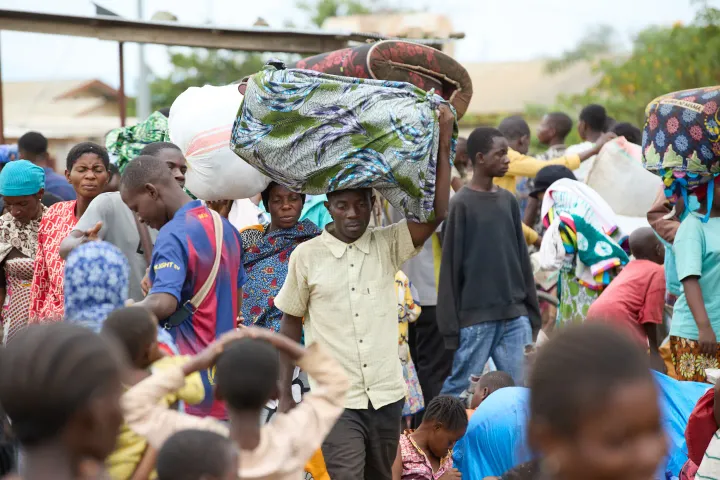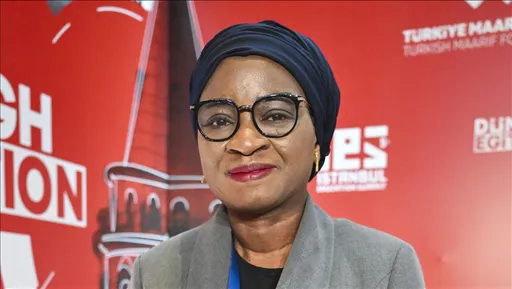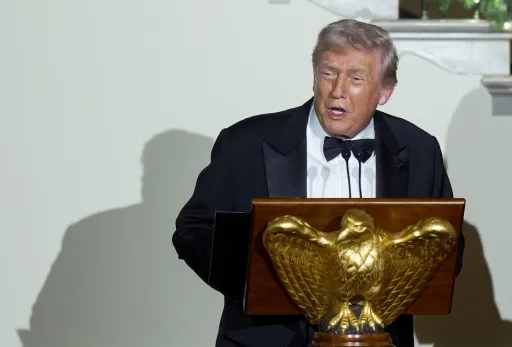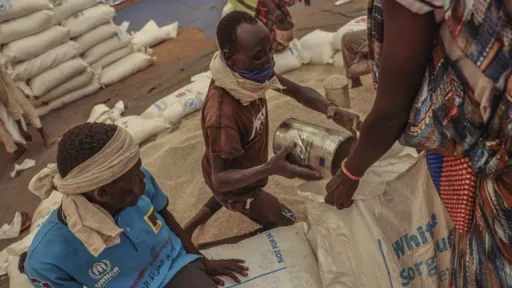By Sylvia Chebet
Rows of half-tonne sacks stashed with cobalt hydroxide powder lie alongside bundles of refined copper sheets as far as the eye can see. The massive sprawl, estimated to be worth up to $2 billion, is caked in dust — almost as if it were a treasure someone hid and forgot.
The stockpile of 13,000 tonnes of cobalt powder, equivalent to seven per cent of the world's production in 2022 has been lying in Tenke Fungurume in southeastern Congo, the world's second-largest cobalt mine that spans approximately 1,600 square kilometres, according to AFP.
Company data shows that the Chinese-owned mine produced about 20,000 tonnes of copper and 1,500 tonnes of cobalt every month last year. The massive inventory started piling up between July 2022, when the government slapped the company with an export ban, and this April, when the restriction was lifted.
"It's nine months of production just sitting on the ground. The shortfall in the Congolese treasury as a consequence of this is evident," says a mining expert of the "mind-boggling" mountain of metal.
With the export ban lifted, China Molybdenum Company Ltd (CMOC) has finally begun to move its stock. Harry Fisher, an analyst at Benchmark Mineral Intelligence, says it could take up to 10 months just to shift the entire stockpile, pointing out that doing so is a "logistical challenge".
Vincent Zhou, a spokesperson for CMOC, says the plan is to release the stock "rhythmically in sync with market demand".
Counting the cost
Cobalt prices have tumbled about 65 per cent from May last year – about $40 per pound to $14, according to Fastmarkets, a price-reporting house.
The initial fear was that releasing the entire cobalt stored at Tenke Fungurume all at once would crash the market, more so because prices are already at rock-bottom. Apprehensions about the resumption of business at Tenke leading to market turbulence appear to have been allayed for now.
"The price of cobalt isn't affected," says Zhou Jun, vice-president at CMOC and head of the Tenke Fungurume mine. "Most of the cobalt will be sold piecemeal as part of long-term supply contracts."
Benchmark Mineral Intelligence in April estimated the value of the cobalt stockpile at $340 million. The stash of copper at the mine alone could be worth up to $1.5 billion, according to current London Metal Exchange prices.
Global production of copper is in millions of tonnes per year, which means Tenke Fungurume's stockpile is unlikely to further lower prices. However, disposing the stockpile could prolong the period of low pricing.
Green energy
The Democratic Republic of Congo supplies over 70 per cent of the world's cobalt, and is also the leading copper producer in Africa. The two metals are touted as crucial to the green energy revolution.
The International Energy Agency (IEA) says all types of electric vehicles require a substantial amount of copper for use in batteries, wiring, and charging infrastructure. IEA predicts that the demand for electric vehicles will grow substantially over the next decade, increasing the demand for copper.
Besides electric vehicle batteries, most cobalt goes into the battery packs that power smartphones, tablets and laptops.
But while this might be good news for the rest of the world, at home, the impact is hardly felt.
"As you know, the profits are being made outside the country. That's where the country and the people are losing. All the minerals leave and our land is left with gaping holes. We still do not have good roads, schools or hospitals," Papy Masudi Radjabo, a mining activist with a local movement called Filimbi, tells TRT Afrika.
The Congolese mineral belt has a lone highway leading out of the country towards Indian Ocean ports such as Durban or Dar es Salaam. But the route is dotted with tolls, frequently targeted by thieves, and subject to monster traffic jams. For now, Congo would be happy just to see an end to the status quo at Tenke Fungurume.
























